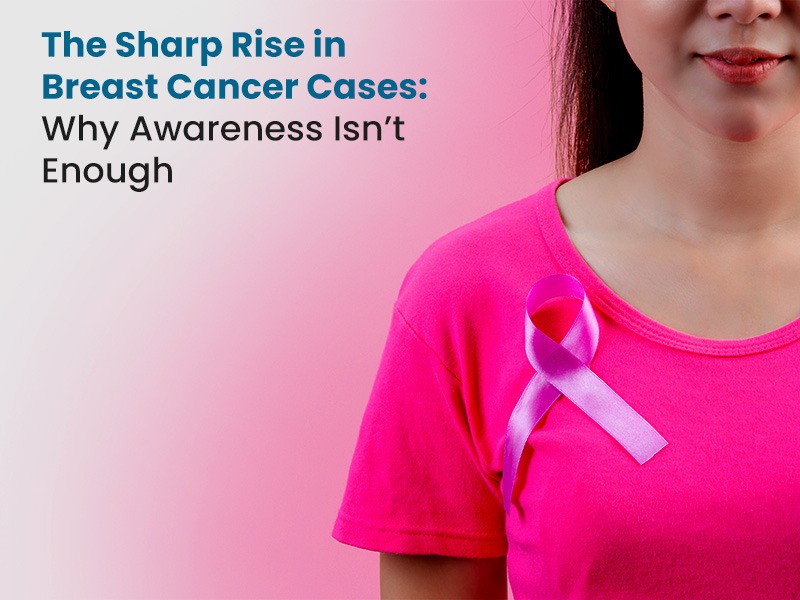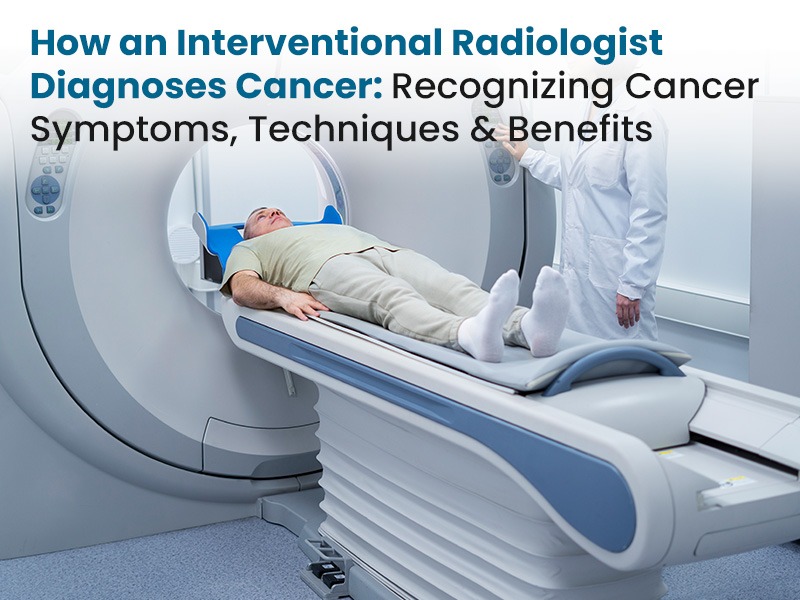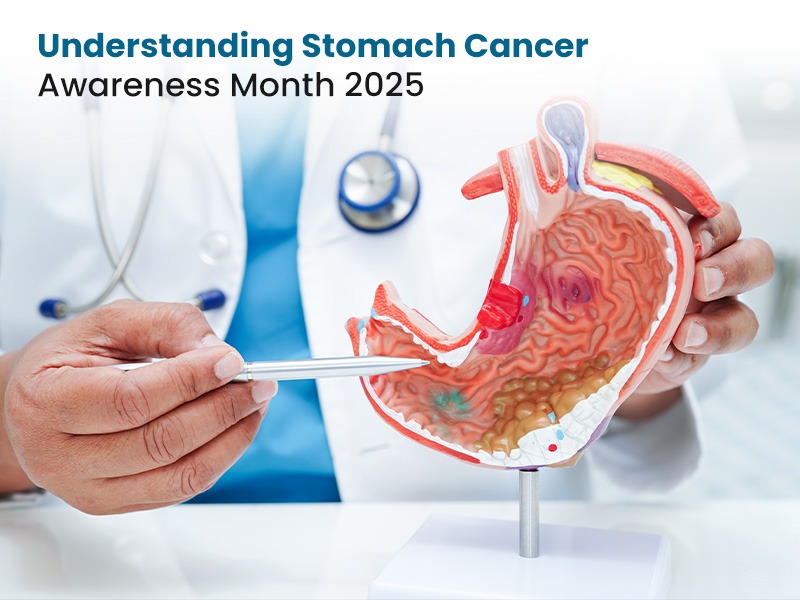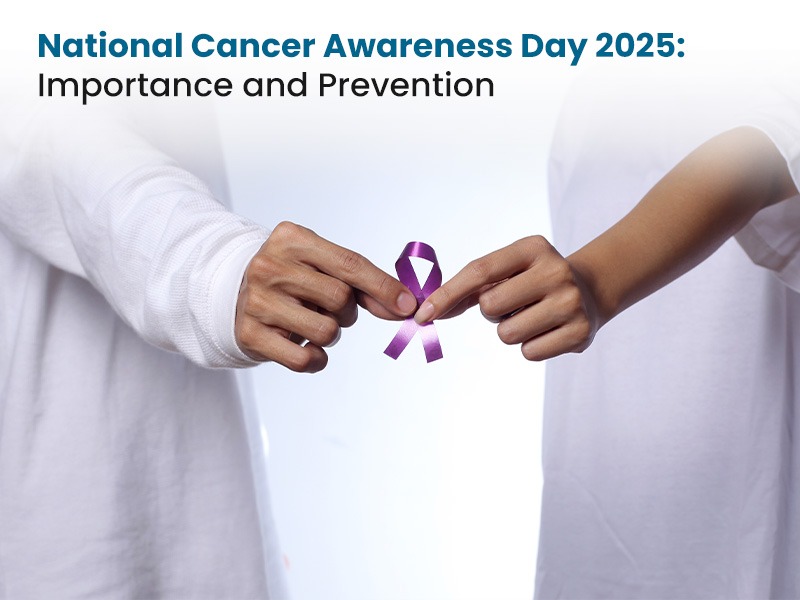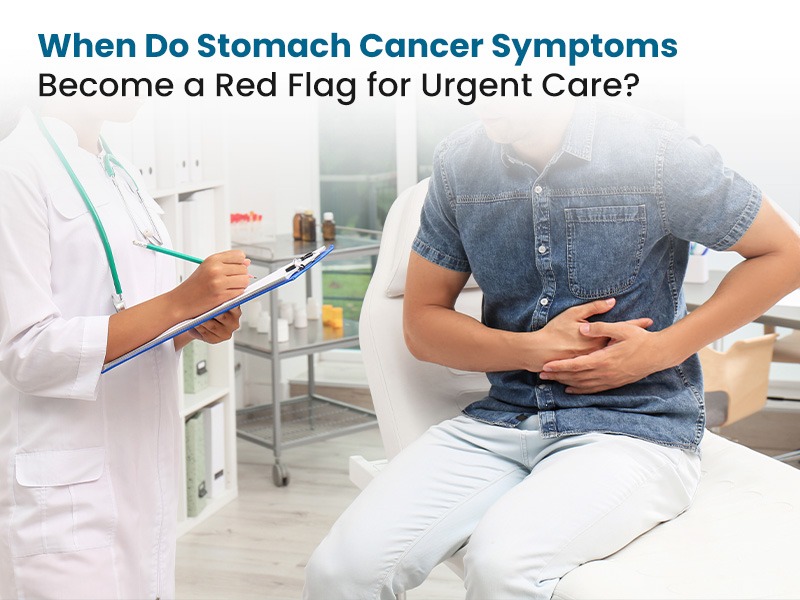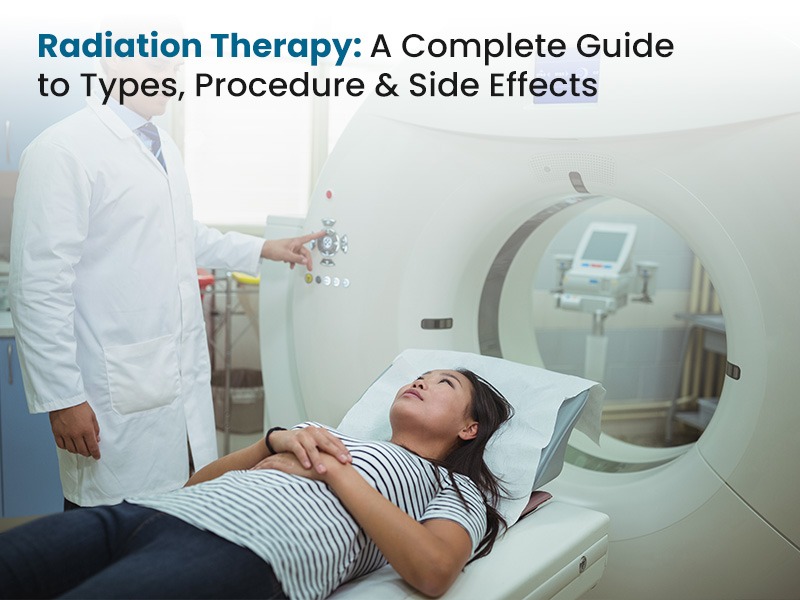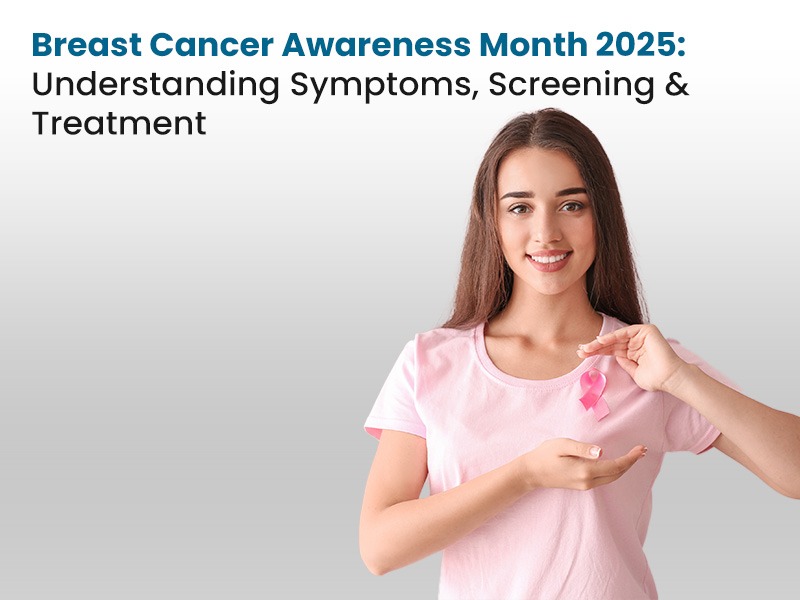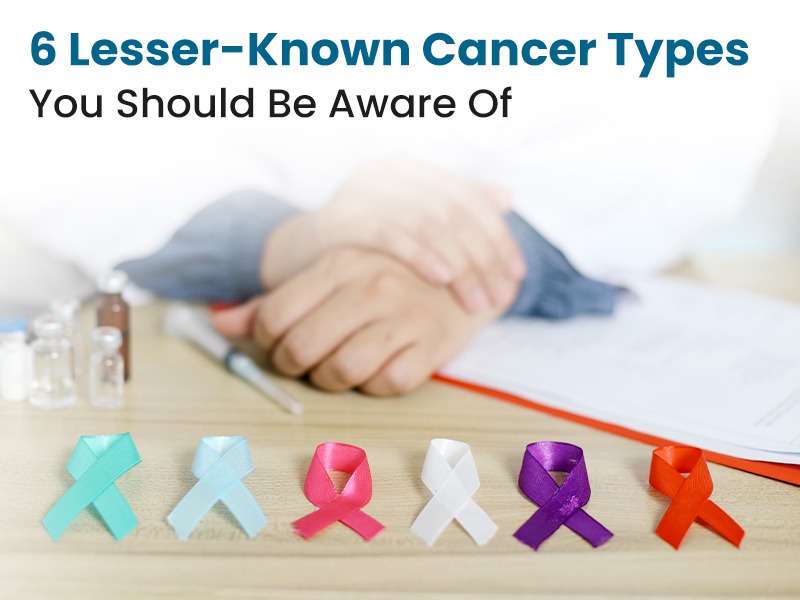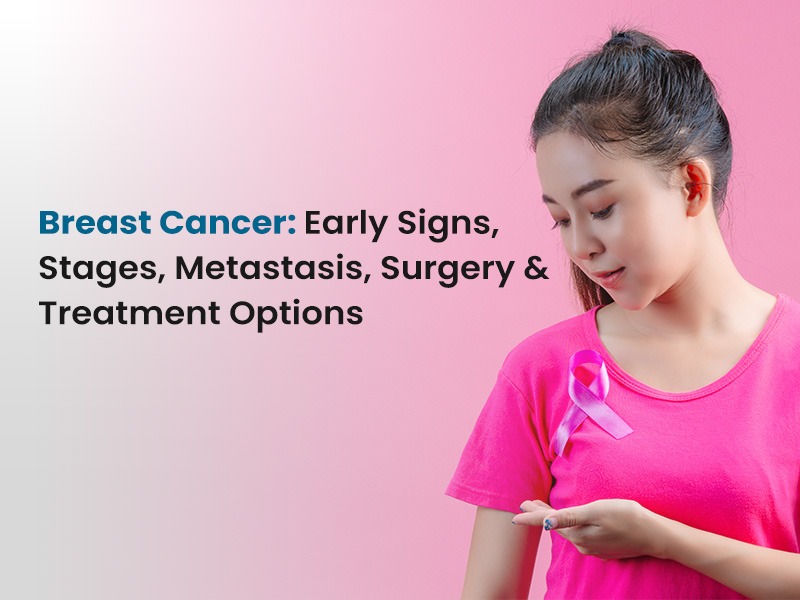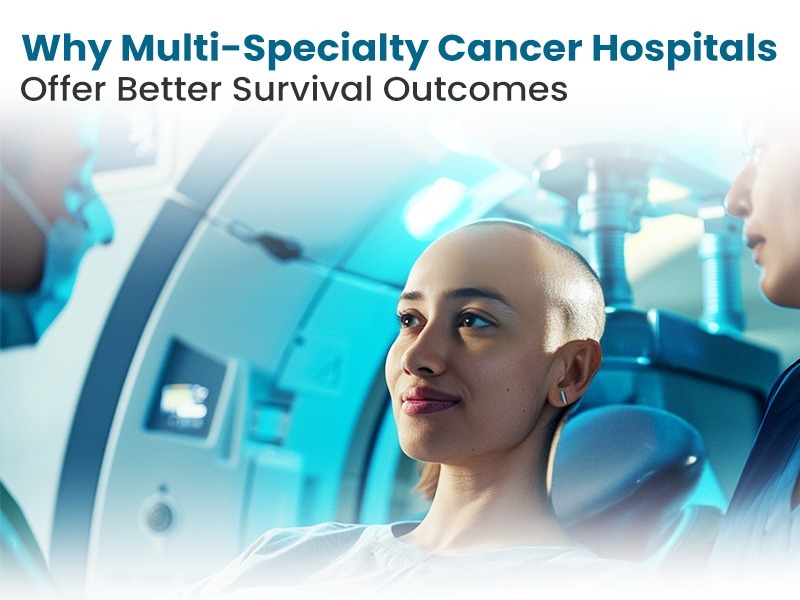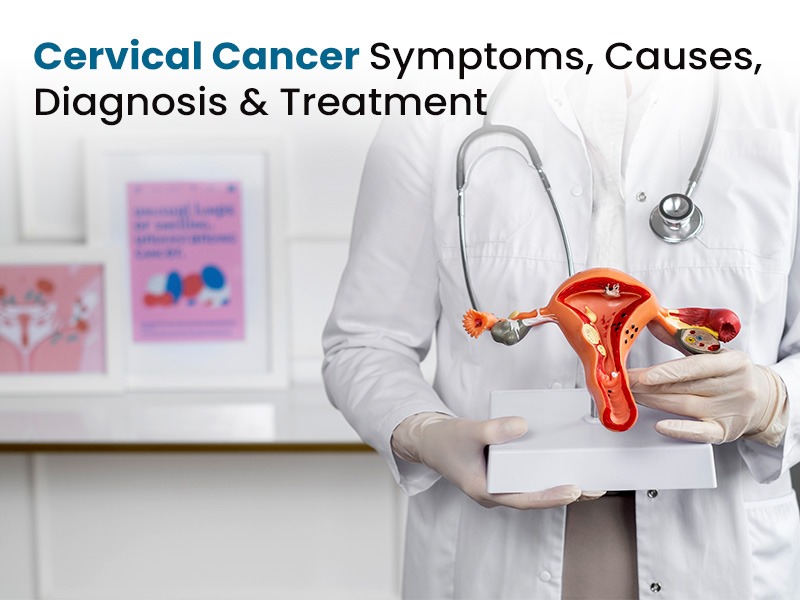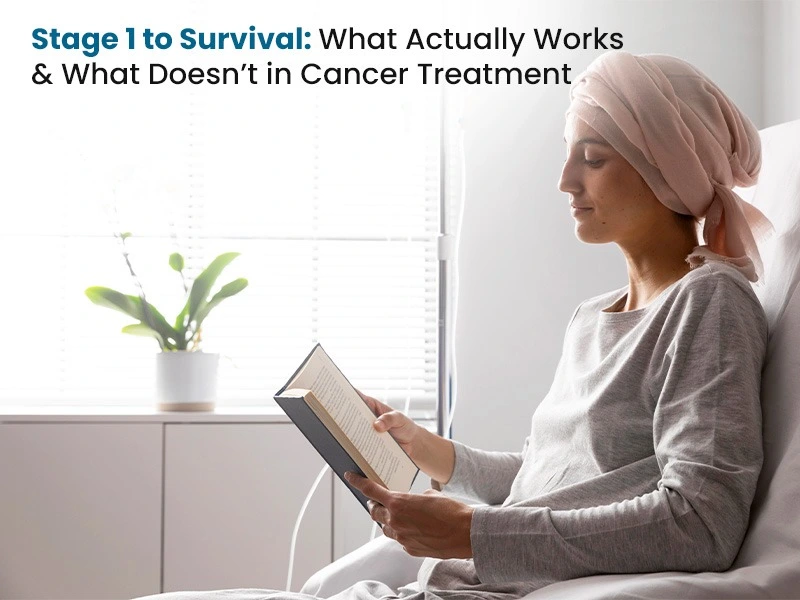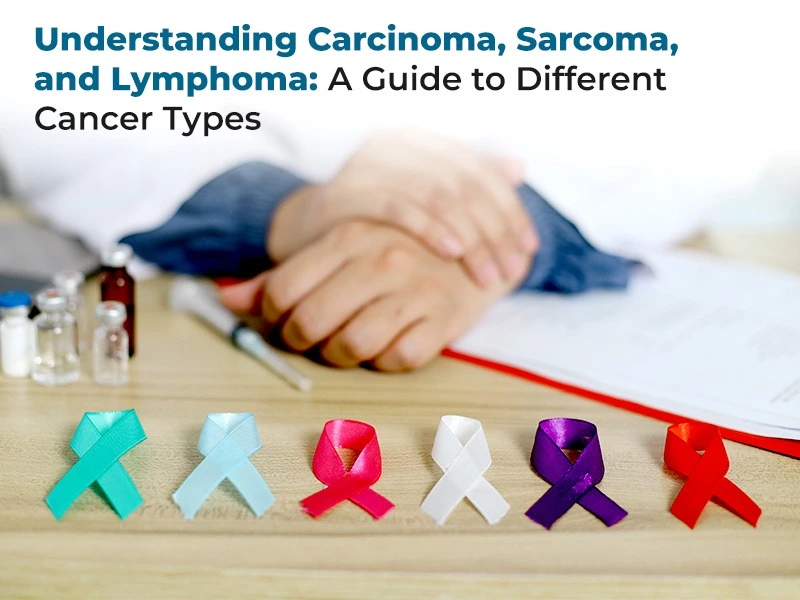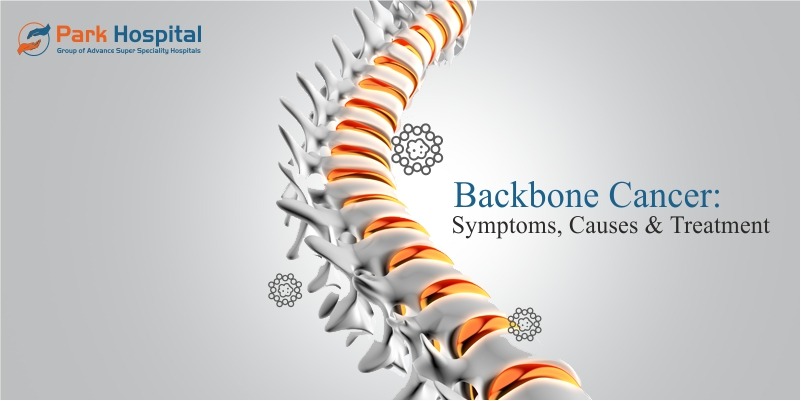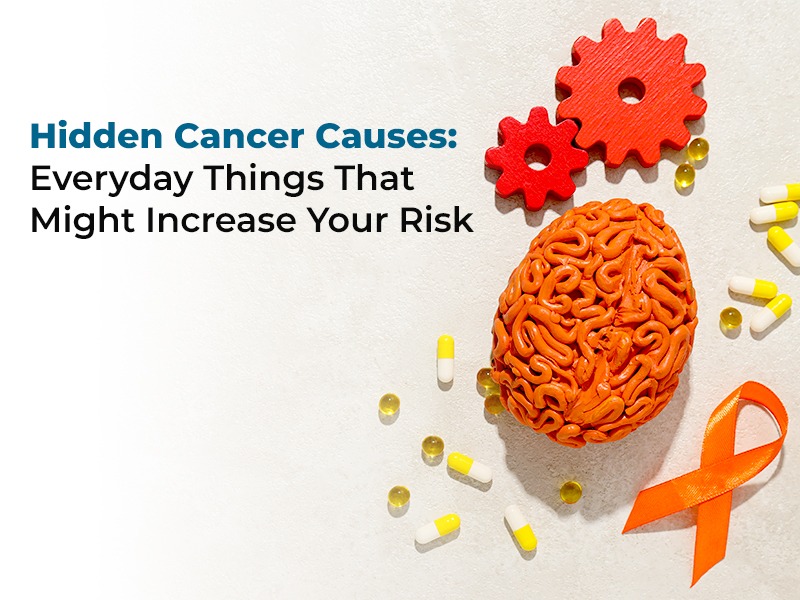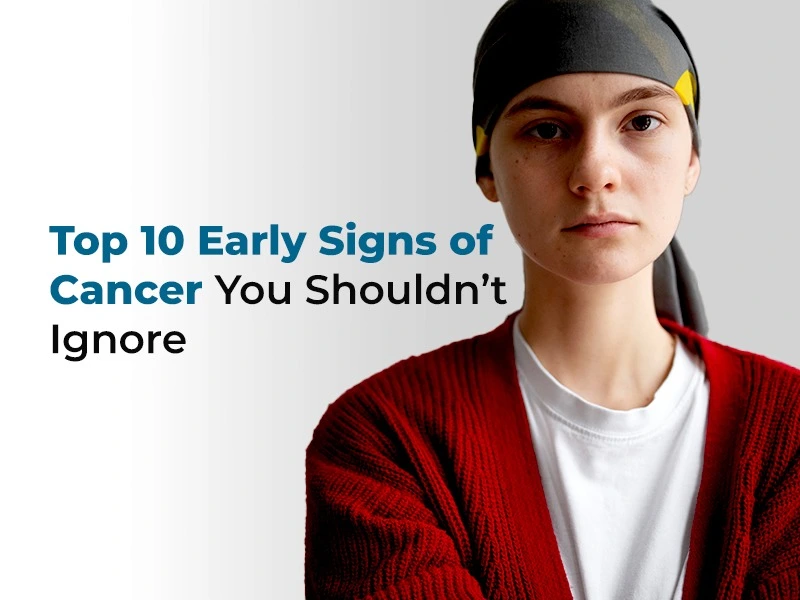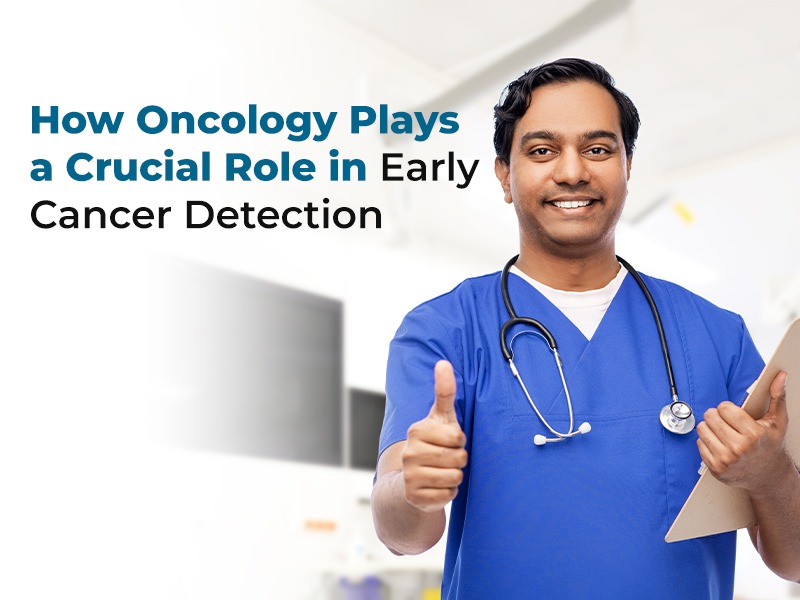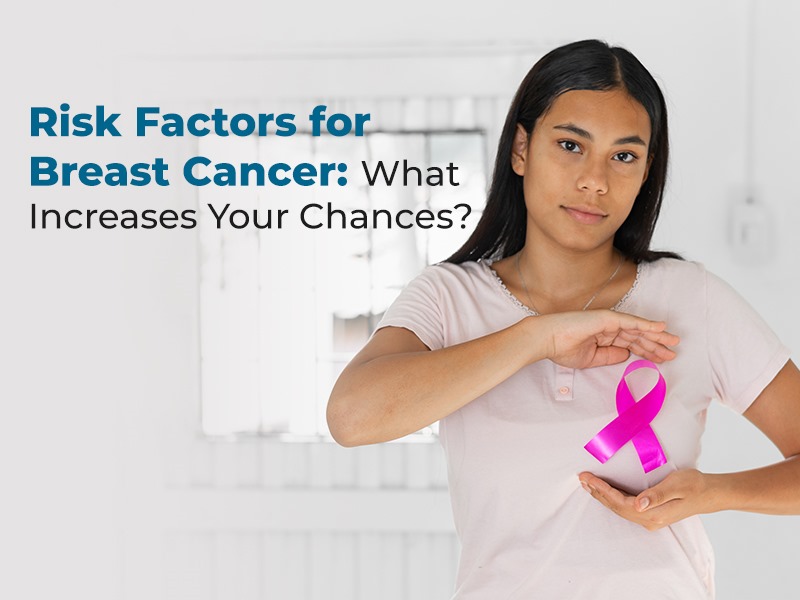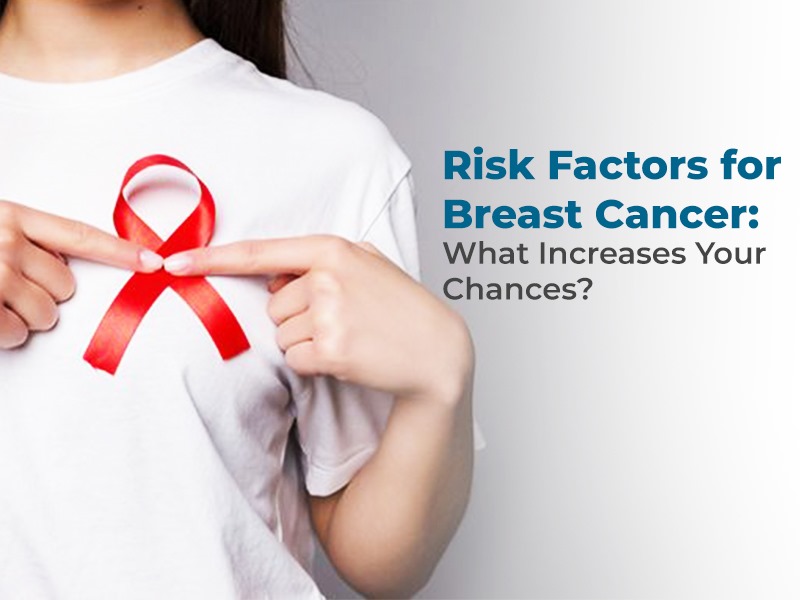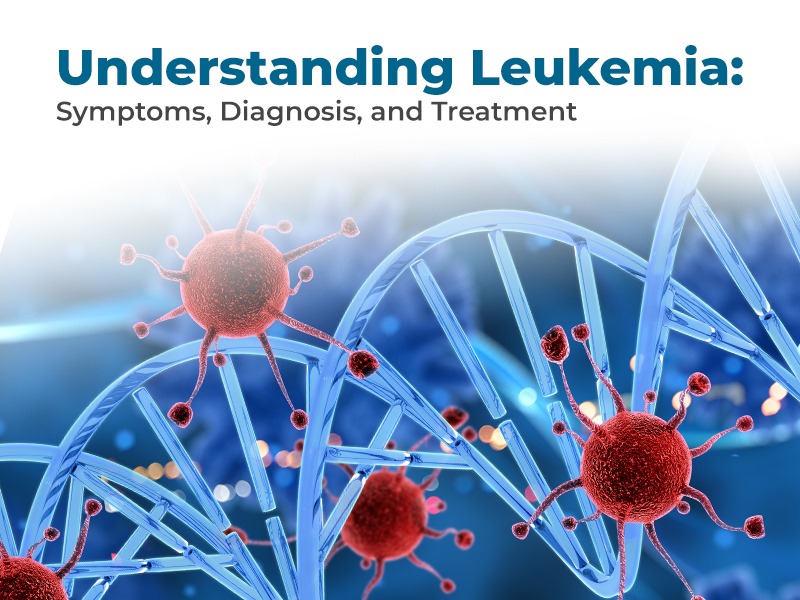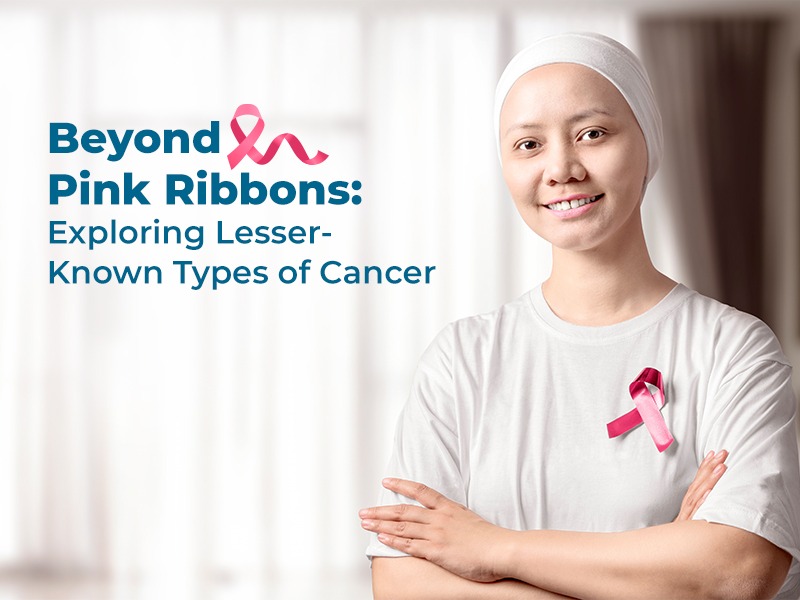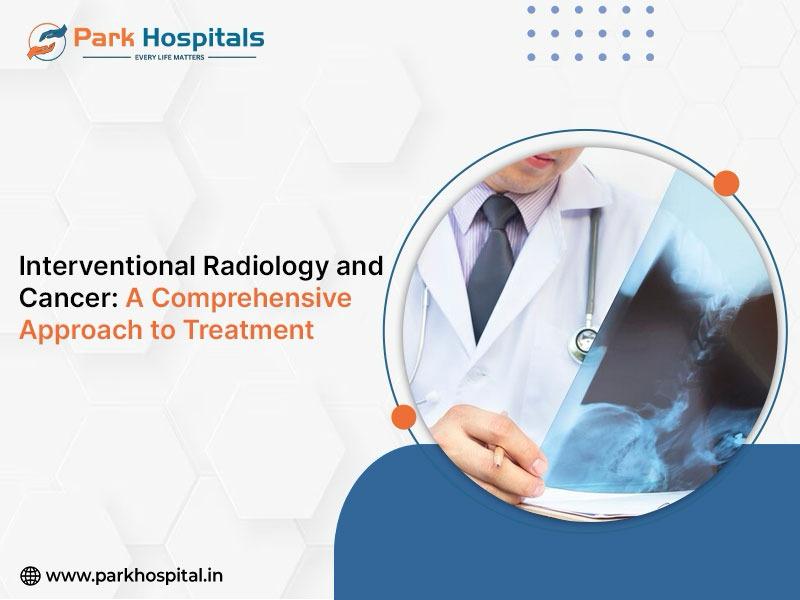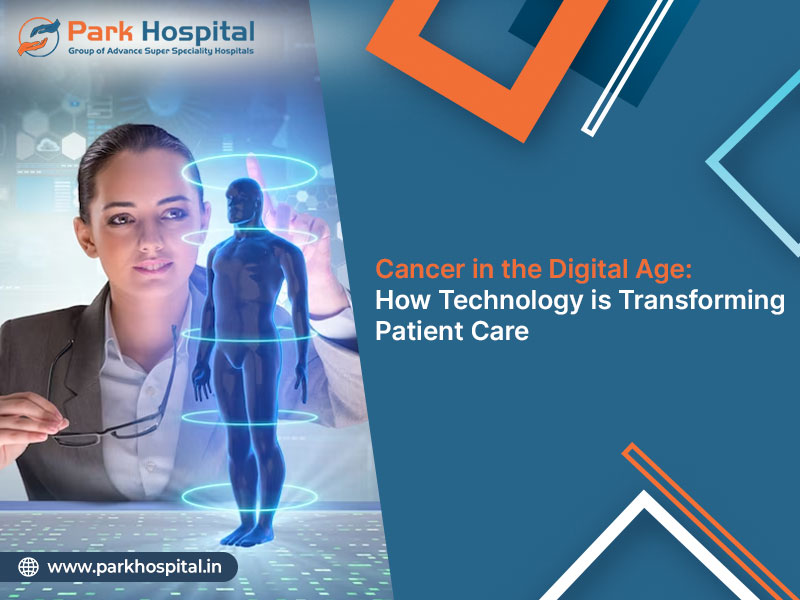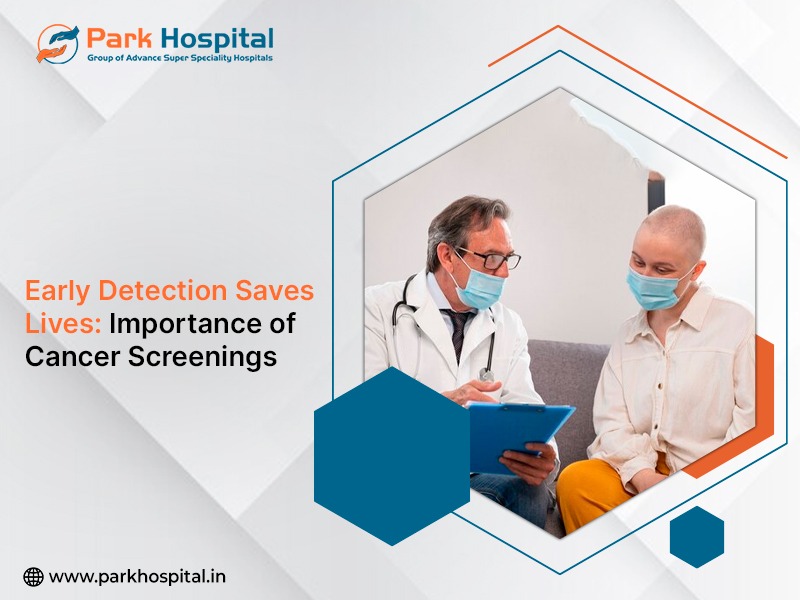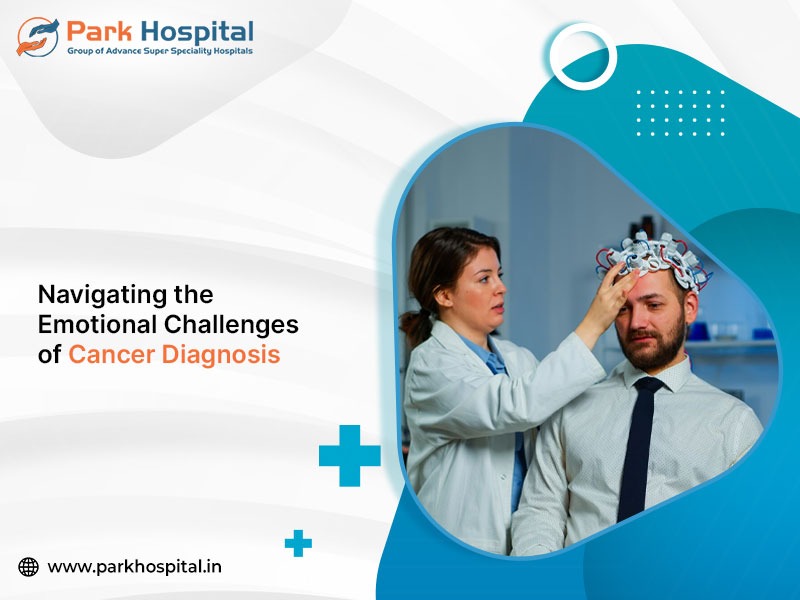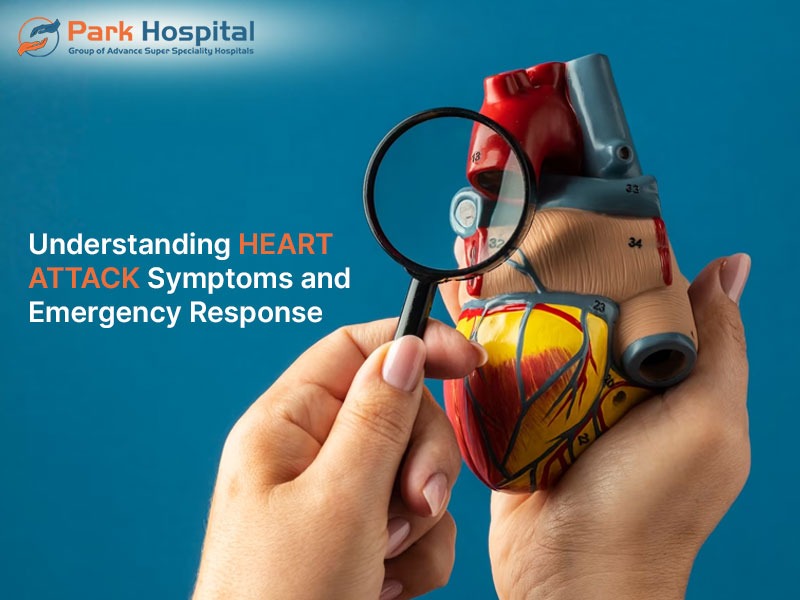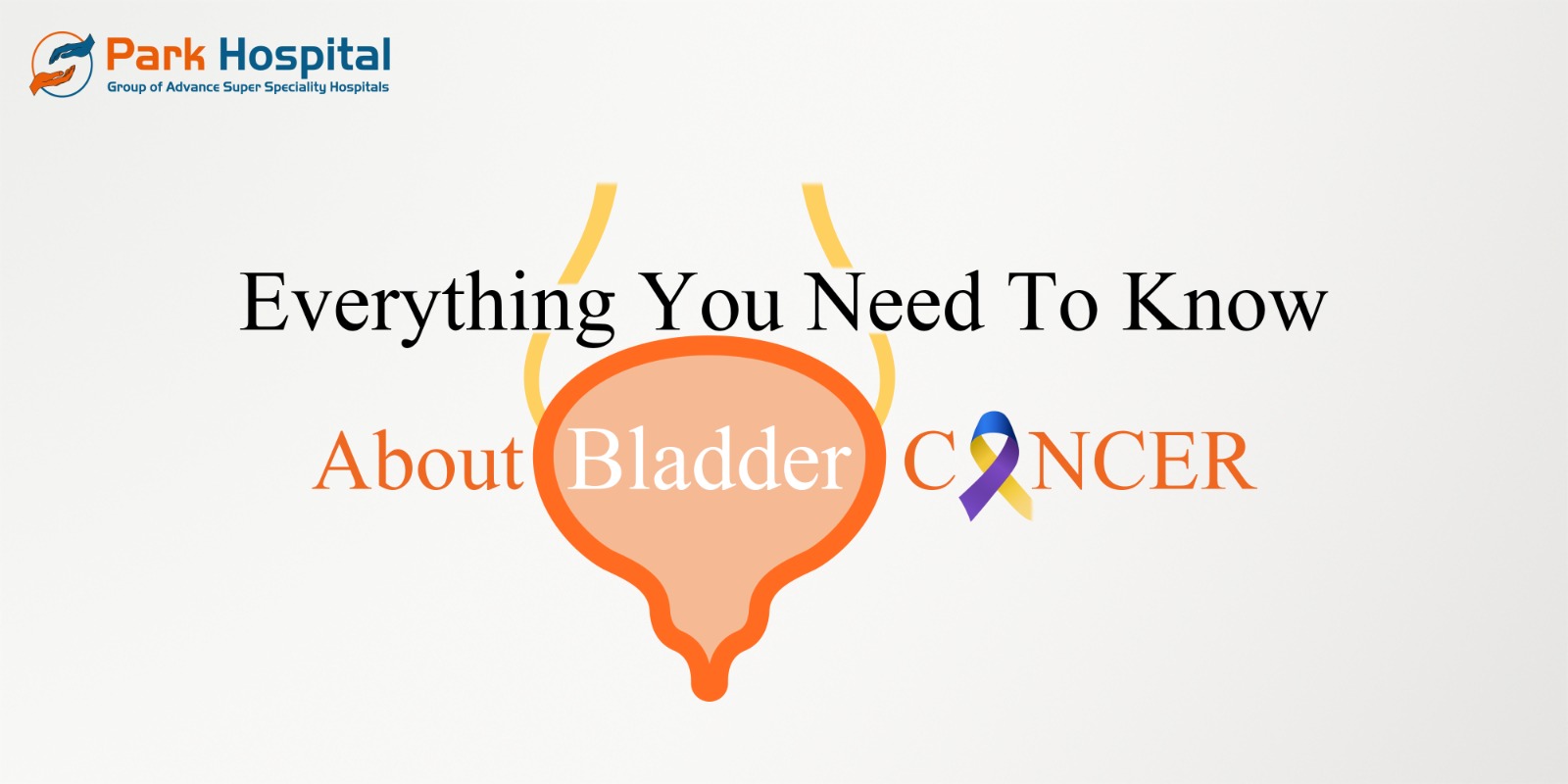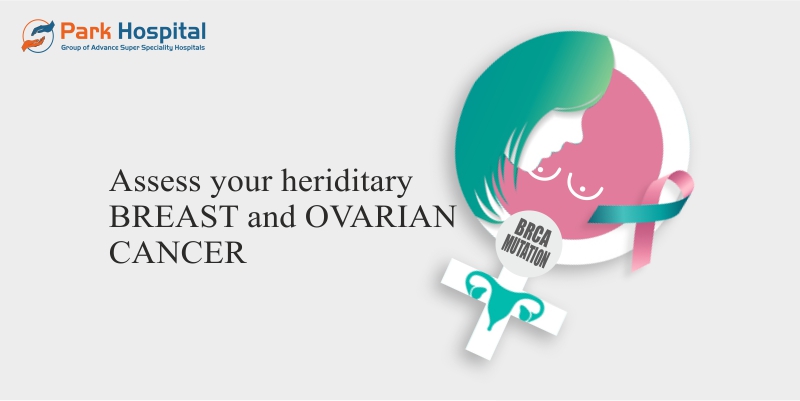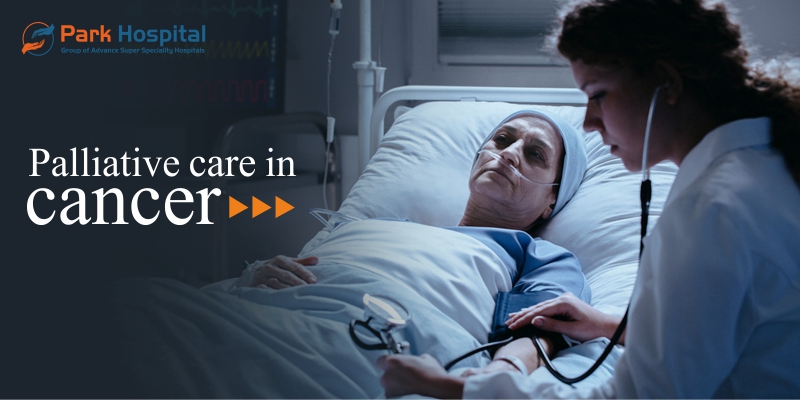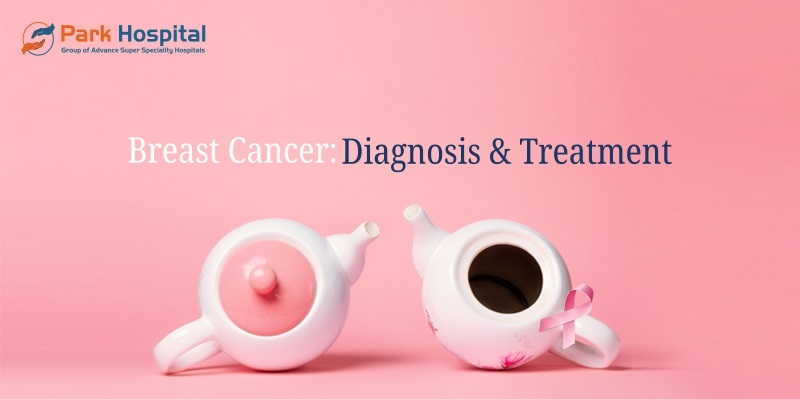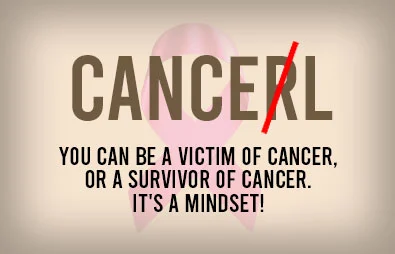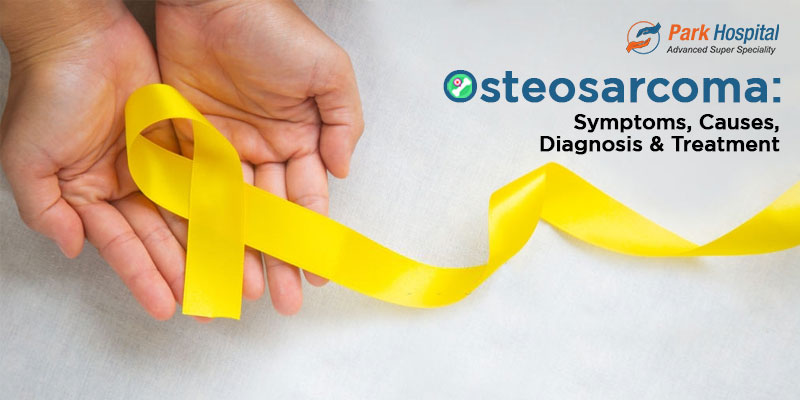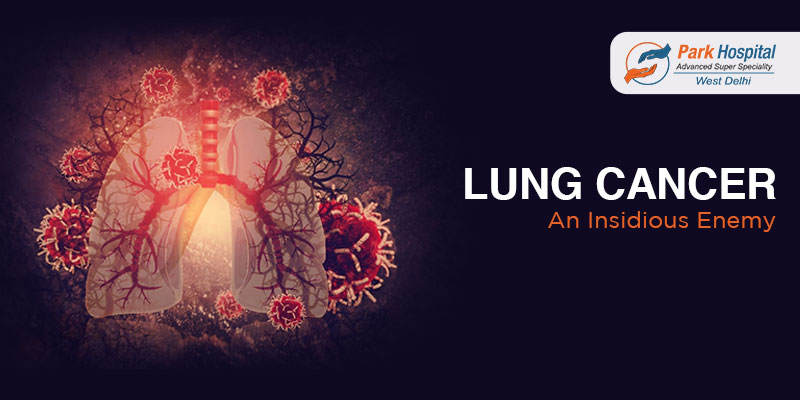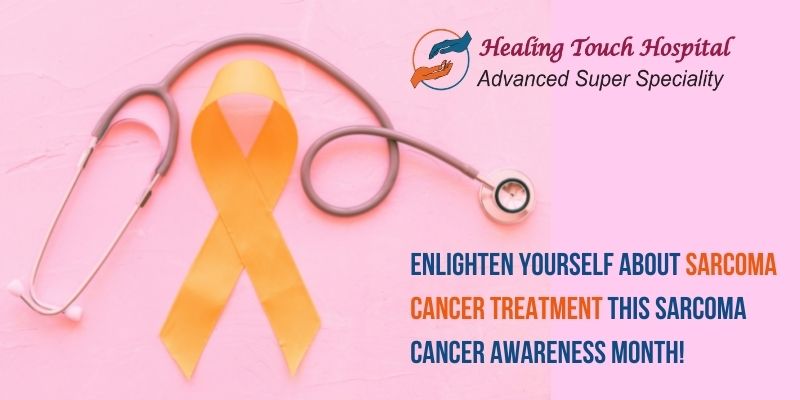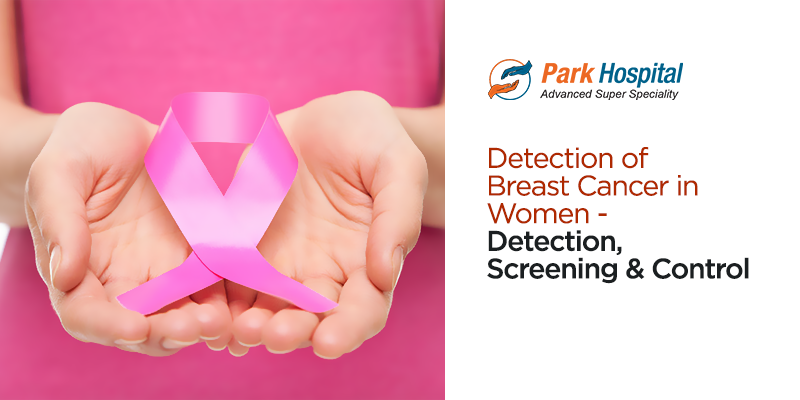Breast cancer affects millions of individuals annually, with an overall 5-year relative survival rate for breast cancer is 91.2%. Conscious efforts have been made to increase awareness about breast cancer, the stages, possible treatments, symptoms, self-diagnosis, and many more.
With the increased population, pollution, and other risk factors, the extent of cognizance isn’t enough. Once considered a post-mensual concern, it is not affecting youngsters at a bothersome rate.
The Scale of the Problem
According to data from trusted sources, breast cancer has become the most common form of cancer among women in India. It accounts for over 25% of all cancer cases among women. What's more concerning is the increase in diagnoses among women under 40 — a demographic that traditionally received less attention in screening and early detection protocols.
This uptick cannot be dismissed as an anomaly or attributed to better detection alone. While improved diagnostic tools at trustable healthcare providers like an oncologist in Delhi at Park Hospital and greater health-seeking behaviour play a role, the sheer rise in incidence points to systemic and lifestyle-related triggers that have not yet been adequately addressed.
The Limitations of Awareness Campaigns
It is true that awareness campaigns have played a valuable role in encouraging conversations around breast cancer. They have made self-examinations more common, helped reduce stigma and encouraged more people to go for check-ups. But these efforts often stop short of deeper engagement.
Many awareness efforts focus on broad messaging, urging people to "know the signs" or "get checked regularly." But what if the signs are not present? What if individuals do not fall into a traditional risk group? And crucially, what happens after someone is aware but lacks access to proper screening, diagnosis or treatment?
Awareness without infrastructure, affordability and tailored risk assessment may bring in anxiety without action. Simply knowing about breast cancer, as explained by a cancer specialist in Faridabad, does not mean people can do something meaningful to prevent it or catch it early.
The Way Forward: Beyond Awareness
The actions taken to date by medical professionals, including an oncologist in Delhi, are correct and in the right direction but not efficient. To address the issue better, a broader and more integrated approach is needed. Awareness must be part of a wider strategy that includes access, education, prevention, and support.
1. Risk-Based Screening Programmes
Instead of weighing every case with the same approach, there must be a personalised approach with screening strategies based on individual risk factors, not just age. Family history, genetic predisposition, reproductive health and lifestyle should all be considered when recommending screening frequency and methods.
2. Accessible and Affordable Services
The people are aware of breast cancer, and suppose they notice some symptoms of it. But what after this? A substantial part of the population cannot afford to get a proper diagnosis, particularly in underserved areas. Mobile units, public-private collaborations, and the integration of screening with primary health centres can help close the gap.
3. Comprehensive Health Education
Campaigns, as per a cancer specialist, must move beyond slogans and promote long-term behavioural change. This includes clear communication about nutrition, exercise, alcohol consumption, stress reduction and avoiding harmful chemicals. People need information they can understand, accept and adapt to, not just general reminders.
4. Workplace and Community-Based Programmes
Offering screening and education at the workplace or within the community removes many barriers. It normalises conversations about breast health and helps reduce hesitancy. It also allows outreach to those who might otherwise delay care due to time, cost or discomfort.
5. Training and Support for Healthcare Providers
Doctors, nurses and community health workers must be trained to identify early signs, counsel individuals and refer them quickly. A more proactive and better-prepared primary care system can make a major difference in early diagnosis.
6. Long-Term Support and Survivorship Care
Treatment is not the end of the journey. Survivors need regular follow-up care, emotional support and guidance on long-term recovery. Structured survivorship programmes improve both health outcomes and quality of life.
Conclusion
The rising numbers are not just statistics. They are a sign that awareness, while helpful, is not enough to stem the growing burden of breast cancer. Real progress depends on building systems that allow early detection, effective treatment and sustained support. It means tackling the underlying causes and creating a health culture where breast health is not just acknowledged, but prioritised.
With early diagnosis and accessible care, many lives can be saved. But this requires more than just recognition. It calls for action that is informed, inclusive and sustained over time.
Also Read: Exploring the Different Stages of Cancer

